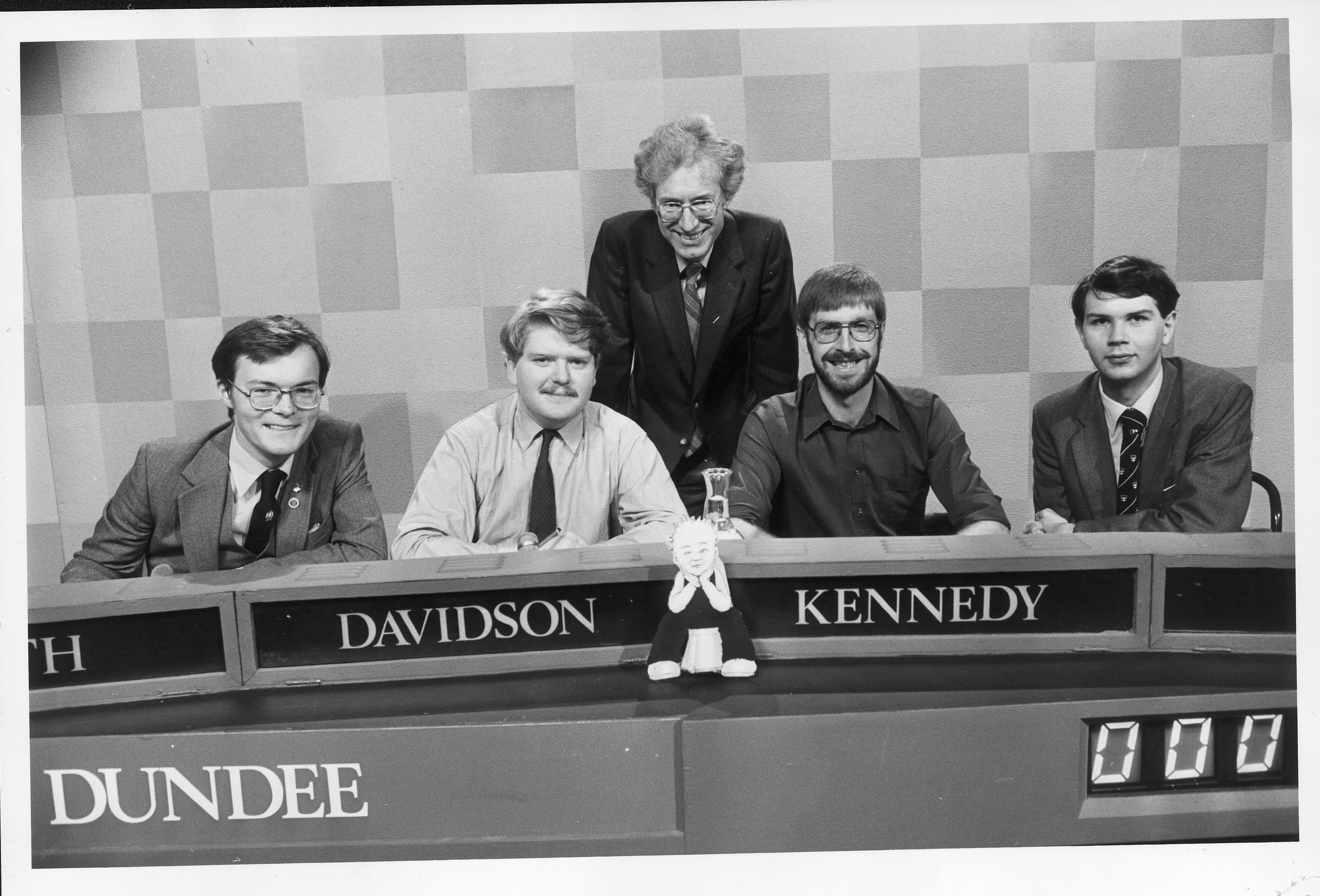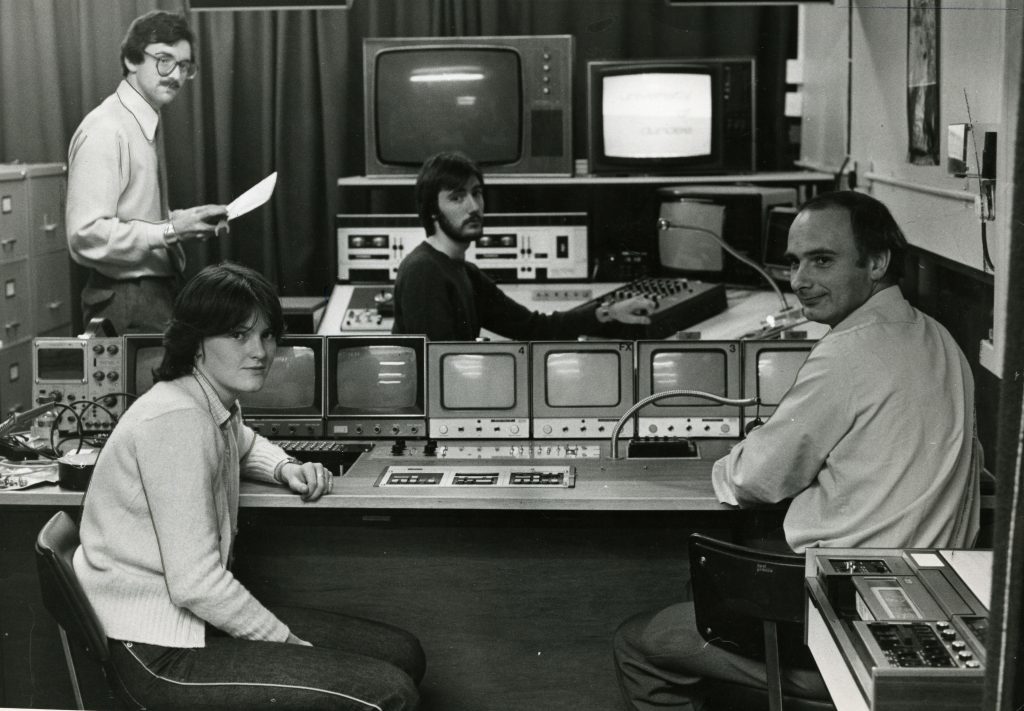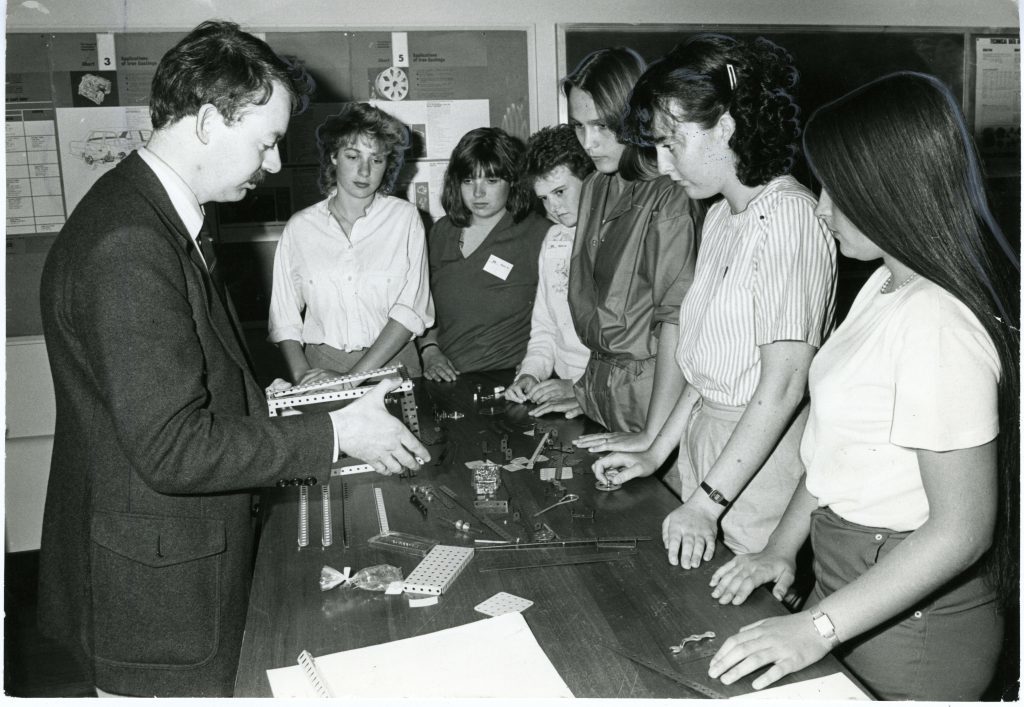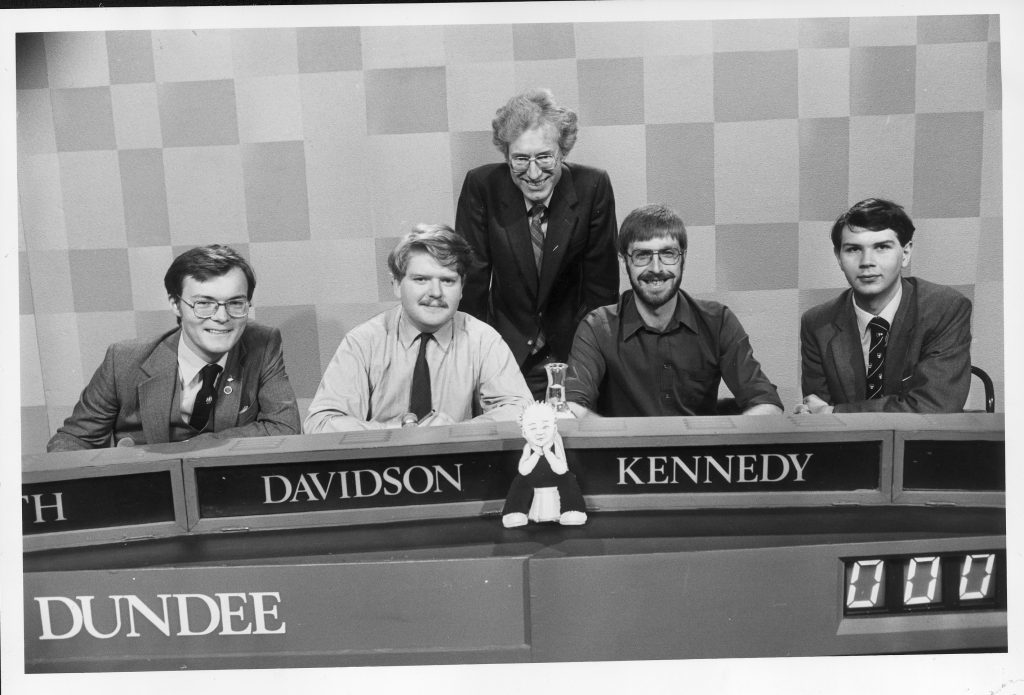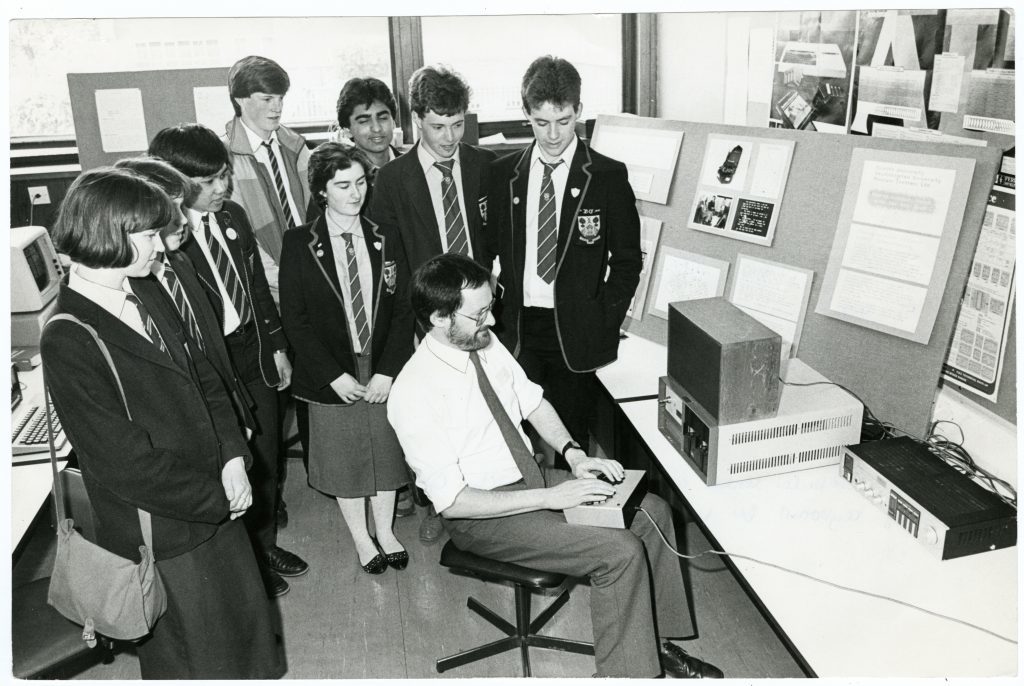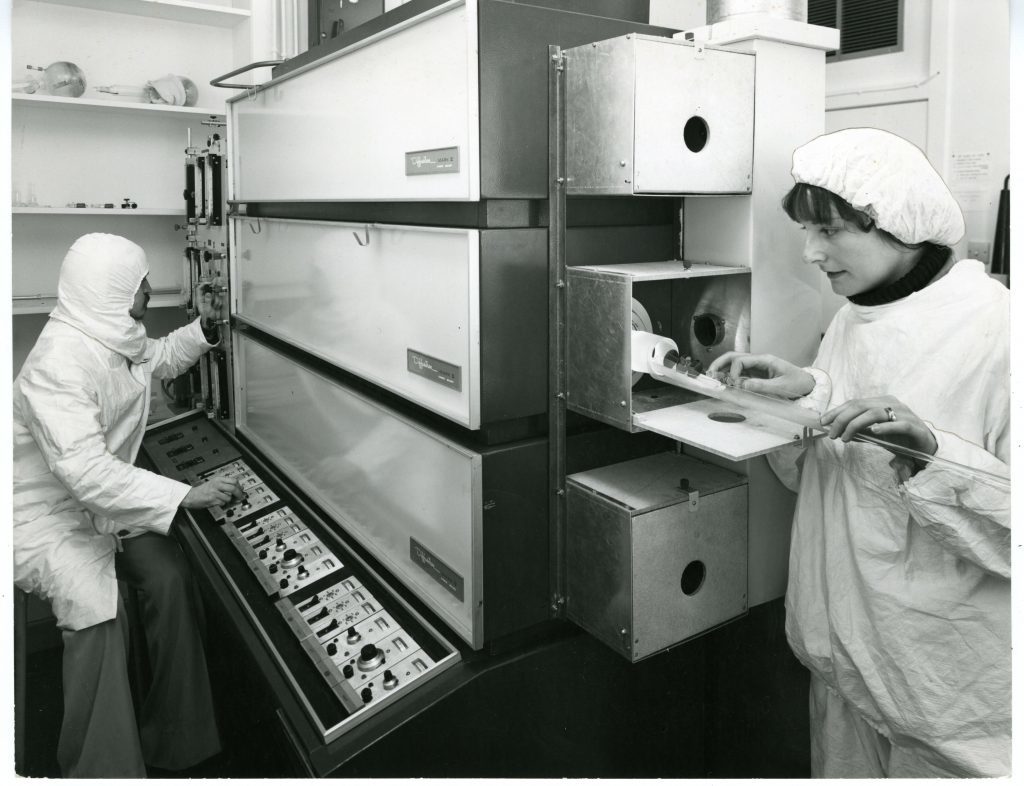The university’s second decade saw it experience what might be termed growing pains, although even that term carries a strong degree of irony as a lack of growth was among the problems it faced.
Ten years after gaining independence the university was one of the smallest in the UK and strapped for money after suffering severe cuts in Government funding.
A few voices had even proposed a re-merger with St Andrews, while the University Court discussed the possibility of `a state of extreme financial stringency of a recurrent nature’, a situation that may have led to redundancies and was met with strong opposition.
These were stormy times and the then Principal, Adam Neville, faced a series of challenges to maintain a steady ship. Despite the strains and stresses it was also a time when decisions were made that were to have a long term, and extremely positive, impact.
When a young Philip Cohen was convinced to move to Dundee in the early 1970s by Peter Garland, the university’s first Professor of Biochemistry, he arrived to find out the department had just moved out of a converted horse stables and was now moving in to the new Medical Sciences Institute.
This had its attractions – “It was a huge building so I knew I could get a lot of space,” explained Philip – but also its downsides. “I was just a young researcher when I got here, just 26-years-old,” said Philip. “What I didn’t know was that the university didn’t have any money!”
At one point that situation got so drastic that there were real fears the department would close but Principal Neville gave it support after recognising the potential for it to capitalise on strong research.
That decision, coupled with excellent science and consistently strong recruitment of rising stars of life sciences, ultimately led to the `citadel of science’ now seen overlooking the west end of the city from the top of Old Hawkhill.
“The decisions taken then by Adam Neville, and the support that followed it, have been amply vindicated,” said Philip.
“It gave us the ability and the room to turn biochemistry into the School of Life Sciences we see today, the top ranked University in the UK for research in biological sciences and with a worldwide reputation.”
In honour of the contributions he had made, the School of Life Sciences established the annual Adam Neville Lecture. The speaker invited to give the first one was someone the University was looking to recruit, a certain Pete Downes, who is now the Principal.
It wasn’t all doom and gloom during this decade, however,
In 1983 the winning team for University Challenge – a programme which has long since secured a place in the nation’s heart as the toughest intellectual challenge on TV – came from Dundee.
The foursome of James A. Smith (Economics and Politics), Graeme Davidson (Law), Donald Kennedy (Medicine) and captain Peter Burt (Zoology) – future University Rector Craig Murray was the first reserve – proved themselves Britain’s brightest brainboxes with a startling run all the way to the winners’ podium.
It was one of the more remarkable performances in the show’s history, involving scoring errors that earned them reprieves along the way, most notably when a viewer noted a disallowed correct answer.
Back then, to qualify for the quarter-final teams had to win three games. Dundee won their first two, against Salford and Westfield, London, before losing to Balliol College, Oxford. One week later the team were told there had been a scoring error and they should actually have been named the winners.
So it was on to the quarter-final. This it appeared they had lost to University College, Oxford, by a painfully slim margin of five points.
However, the scorers had got it wrong again but this time it was only when the episode was broadcast that a viewer noticed.
The Dundee team were then invited back for a play-off against Corpus Christi, Cambridge, who had experienced the same thing happen to them.
Dundee won that match and then smoothly progressed through the quarter- and semi-finals, against Leeds and Birmingham respectively.
In the final against Durham, the first game was lost comprehensively before Dundee mounted a fightback and forced a decider.
It was a cliffhanger that was only decided in 30 seconds before the final buzzer sounded, with Dundee inching it.
Graeme Davidson, remembering the win, said: “I confess to having experienced in the moment a certain sense of ‘Ha…we showed them!’, as regards people who might not have rated our chances of getting anywhere at all in the tournament, far less actually advancing to the senior stages and eventually going on to win the chuffing thing, after an utterly draining and totally nail-biting three-game final!”
That made Dundee only the second Scottish university to win University Challenge, a record that hasn’t been added to since.
Dundee did come close to an earlier triumph, as the 1978 University Challenge team finished as runners-up.
Members of both the 1978 and 1983 teams are returning to the University this weekend to take on the current generation of students in a special 50th anniversary University Challenge.
